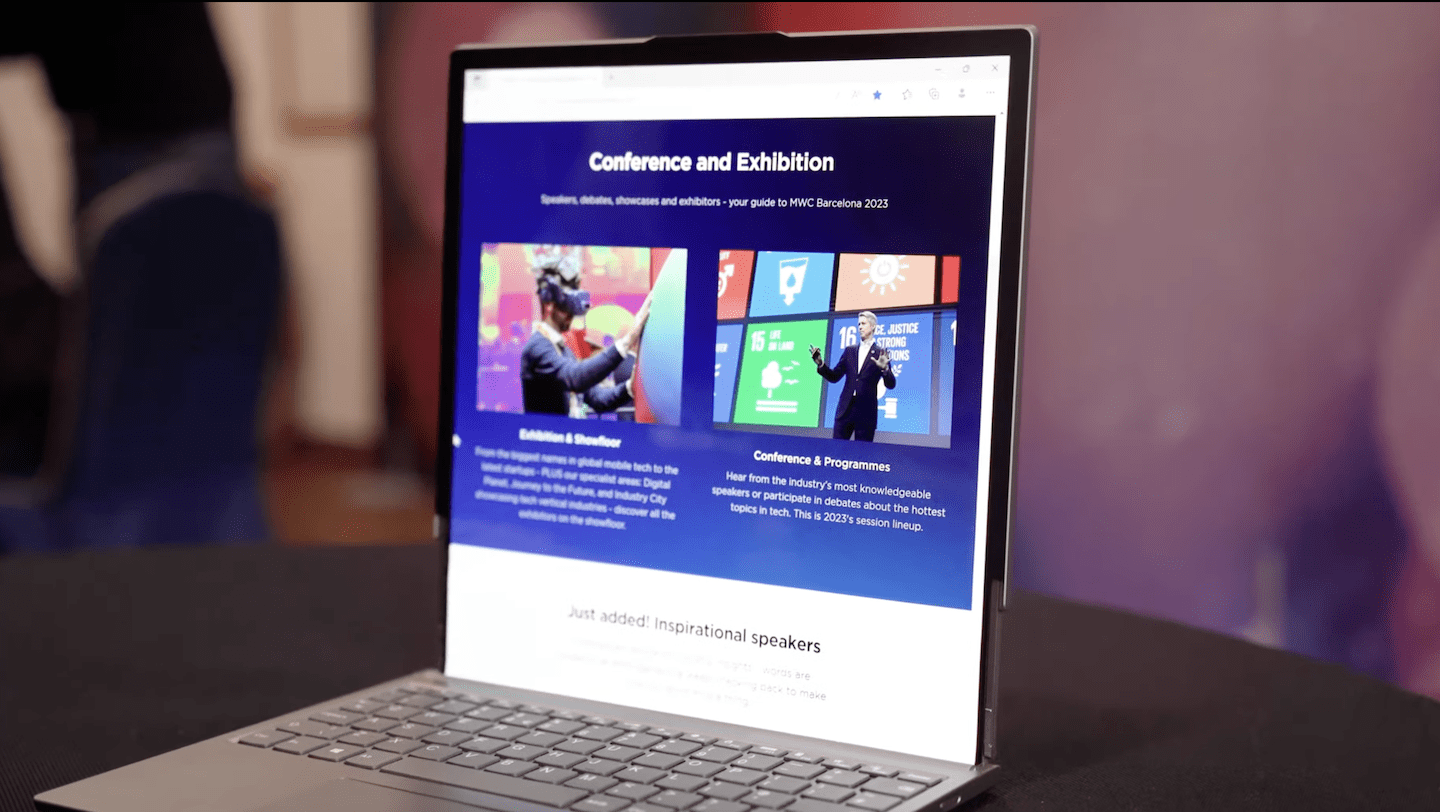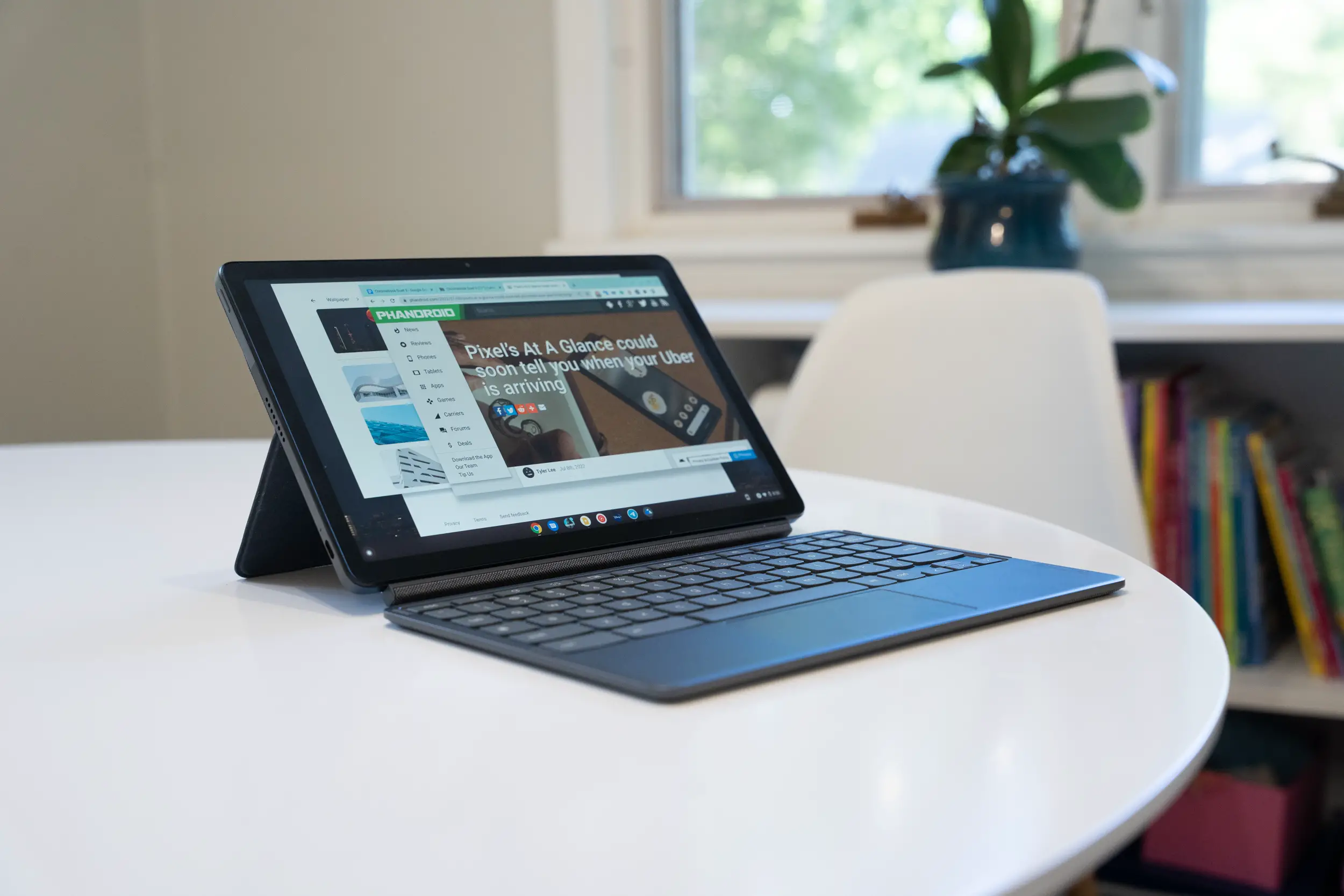Huawei has just reported its 2012 earnings, giving us a look at how much money the company raked in and a small idea of where, exactly, that money came from. The Chinese telecommunications and OEM company generated revenue of about CNY 220 billion, which comes out to about $35 billion. Of that, $2.5 billion turned out to be a sizable profit for Huawei.
It can be easy to forget that Huawei doesn’t only deal with smartphones, though. The company has its hand in mobile broadband, gateways and set-top boxes, network infrastructure technology, healthcare, logistics and more. CFO Cathy Meng says a whopping 70% of Huawei’s revenue came from the company’s dealings with 45 of the world’s top 50 telecommunications operators.
Meng didn’t give us much in the way of its smartphone numbers, though, only noting that smartphone penetration is still way too low for Huawei’s tastes, and that the company still has a lot of room for growth. Huawei’s desire to become a leading player in the booming smartphone market has been met with a new aggressive strategy by the OEM.
The plan will be to introduce more high-end smartphones and establish a name as a premium global handset maker. We imagine most of Huawei’s smartphone success has been possible due to the entry-level and mid-range options that are attractive to budget shoppers, but if Huawei wants to spur growth and change its image then it must do so with a bigger volume of quality releases.
The transformation actually began around this same time last year where the company introduced the Ascend P1 and P1s at CES. Since then, we’ve seen a number of exceptional smartphones and tablets coming from the Huawei camp, with the most recent and exciting being the Huawei Ascend D2 and Huawei Ascend Mate. You can find more info about those phablets from our hands-on time here and here.
For the foreseeable future, Huawei also has plans to announce a follow-up to the aforementioned P1. The Ascend P2 is said to be the star of the company’s Mobile World Congress offering, and it will look to reclaim the title of being the world’s thinnest smartphone.
Huawei’s desire to improve its global image in 2013 is backed by a solid plan and a nice stable of hardware, but it’s not clear how easy it will be for the company to grow into the likes of Samsung, Apple and HTC. It might not happen this year, and it might not even happen next year, but there doesn’t seem to be a better track for Huawei to be on so only time will tell whether or not there’s room for them to shine. Read on for full press details.
Huawei CFO Announces 2012 Financial Results
Achieves Effective Growth, Says ICT Sector Opportunity Is Growing[Beijing, China, January 21, 2013]: Huawei, a leading global information and communications technology (ICT) solutions provider, today released its 2012 financial performance results.
Cathy Meng, Huawei Chief Financial Officer, said the company achieved effective growth in 2012 by focusing on customers, streamlining management and improving efficiency. Ms. Meng is positive about the industry’s future growth prospects.
Huawei expects its 2012 global sales revenues to reach CNY 220.2 billion, an 8% year-on-year increase, with a net profit of CNY 15.4 billion, a 33% increase from the previous year. The earnings disclosure today is part of Huawei’s ongoing commitment as a private employee-owned company to be more open and transparent with stakeholders. The 2012 results audited by KPMG will be outlined in the company’s annual report, which will be released in April.
Ms. Meng explained that Huawei’s success in 2012 can be attributed to maximizing value for the customer.
“We insist on strictly controlling G&A expenses and allocate more resources to bolster the front line and ensure continuous improvements on customer delivery and service quality,” said Ms. Meng. “In addition, Huawei continued its ongoing management transformation, raising combined operating efficiency with an integrated financial services program.”
Continuous innovation focusing on customer needs is also an important driving force for Huawei’s growth. The company has cumulatively invested CNY 120 billion in R&D over the past 10 years, including a CNY 29.9 billion investment in 2012, accounting for more than 13% of the year’s revenue.
Huawei has strategically focused on developing sophisticated communications network infrastructure, or “pipe.” Huawei has invested in and developed its Carrier Network, Enterprise and Consumer businesses in order to provide faster, broader and smarter information services to its customers, while addressing the challenges and opportunities in the era of big data. About 70% of Huawei’s revenue was generated from serving leading telecommunications operators, including 45 of the world’s top 50.
One of the key factors for Huawei’s success is that the individual interests of Huawei employees are combined with the company’s sustainable growth – meaning everyone works hard to ensure Huawei’s long-term development. Huawei’s management team highly values integrity and self-discipline. The personal income of each member of the management team, from board members to middle-level managers, is limited to their salary, incentive bonus and stock dividends provided by the company, with policies to ensure that no one in the company abuses their power for self-serving purposes.
Huawei’s three business groups continued their steady growth and achieved performance in line with expectations. Huawei’s Carrier Network business group, a traditionally strong business group, continued to be a leader in the industry, with sales revenues of CNY 160.3 billion. Huawei’s Consumer business group recorded robust sales revenue of CNY 48.4 billion, with sales continuing to grow in developed markets including Europe and Japan. Huawei’s Enterprise business group further developed its portfolio and won contracts, generating sales revenue of CNY 11.5 billion.
66% of Huawei’s overall revenue came from outside China. Among the overseas revenue, the Asia-Pacific region saw revenue of CNY 37.4 billion, while Europe, Middle East and Africa recorded CNY 77.4 billion and the Americas contributed CNY 31.8 billion. The domestic market China recorded CNY 73.6 billion.
The convergence of mobile internet, smartphones, the digital and physical world is likely to generate hundreds of times more data in the coming years, which presents tremendous challenges as well as unprecedented opportunities for development of the ICT industry. Huawei believes that pipes with large bandwidth that can transmit and process massive data flow are the key to addressing these challenges and also Huawei’s key growth driver in the future.
Ms. Meng concluded with a projection that Huawei expects its overall revenue to grow 10-12% in 2013.











Considering all they ship to the US is low end garbage, Im not suprised that “smartphone penetration is still way too low for Huawei’s tastes”.
Obligatory post about how Huawei and ZTE can’t be trusted because the U.S. says China is using them for proxy spying. As opposed to the US spying on itself…
Smartphone penetration is never a good idea…